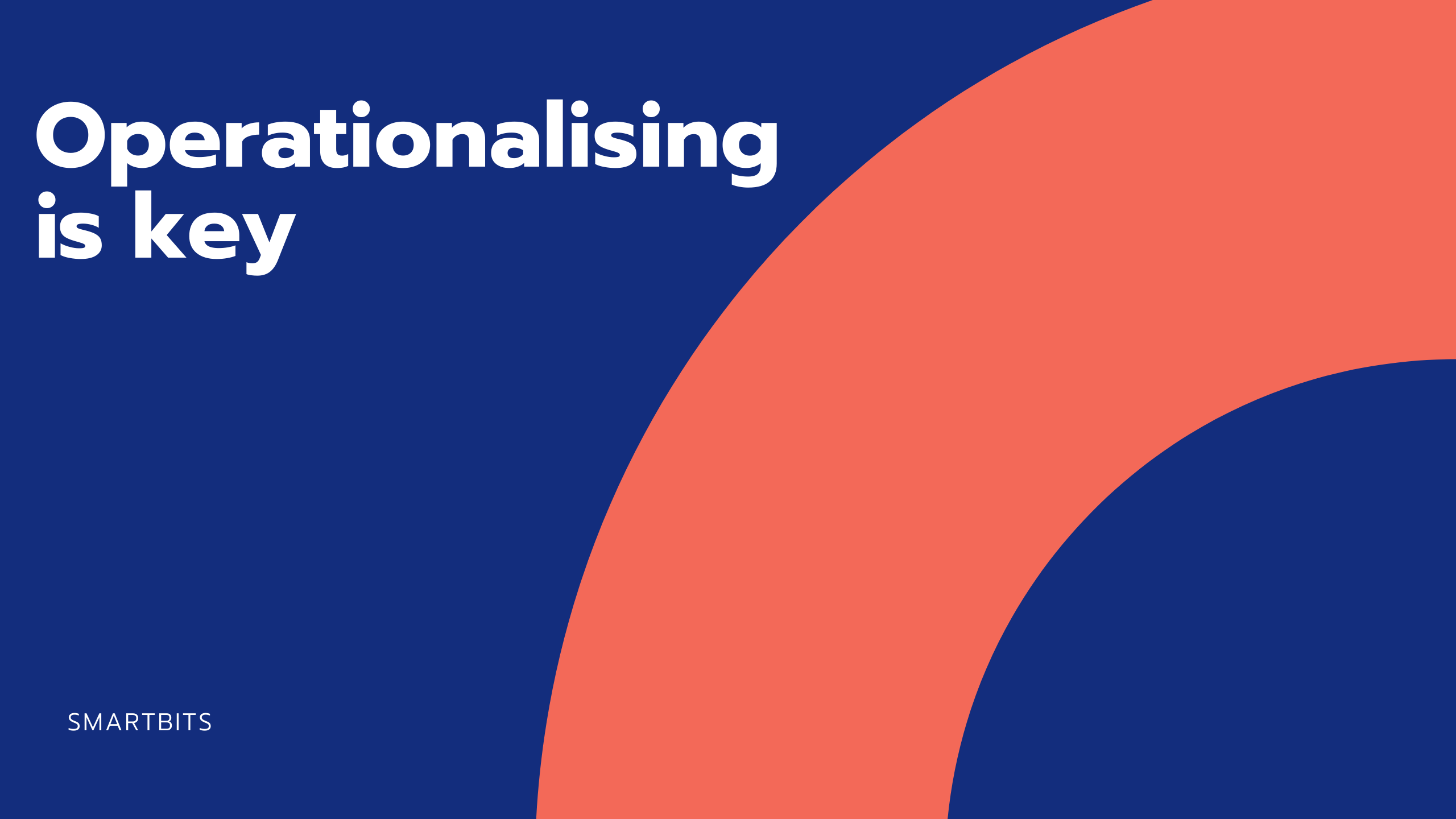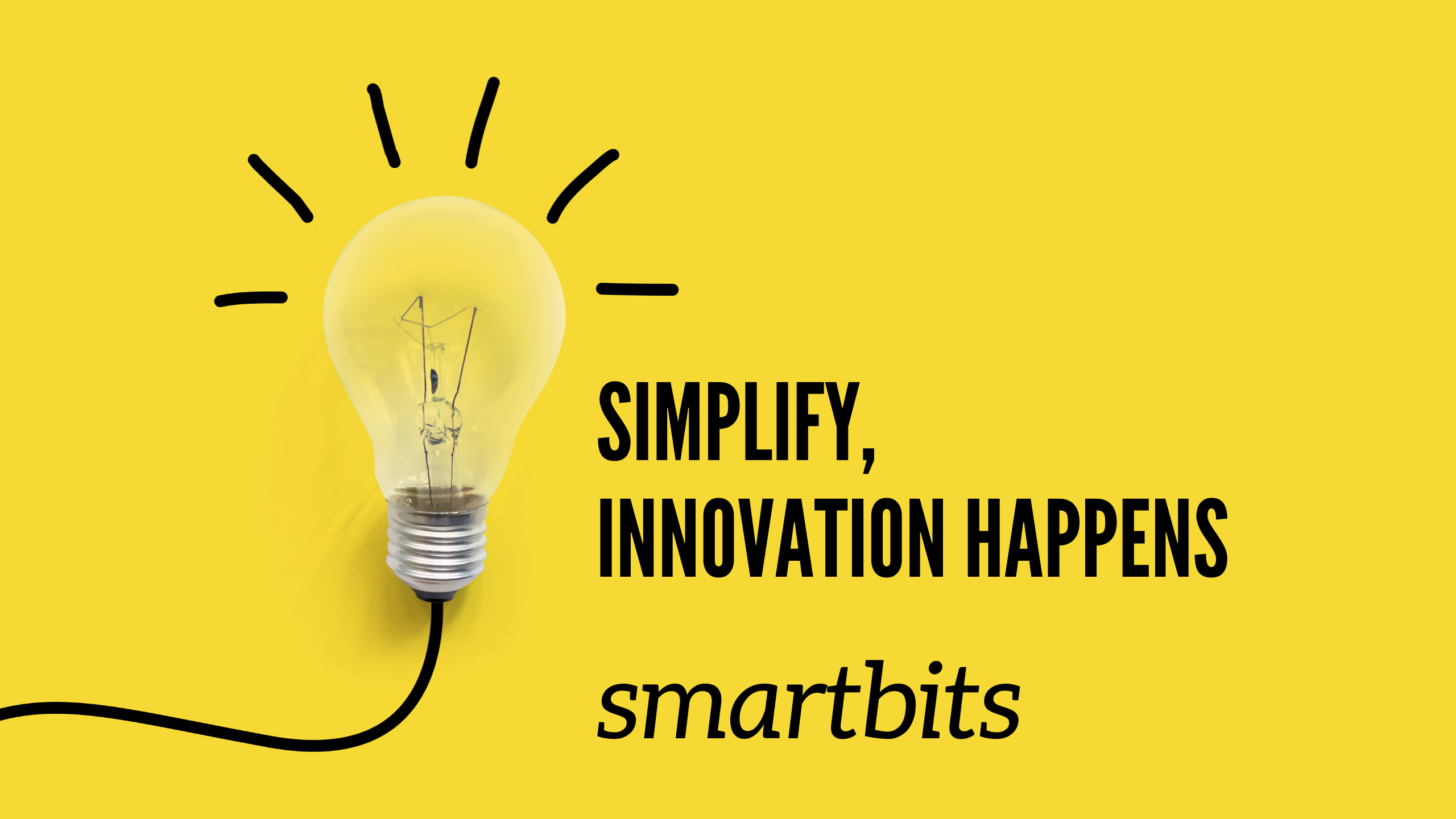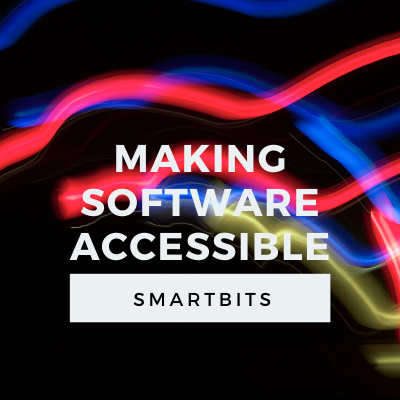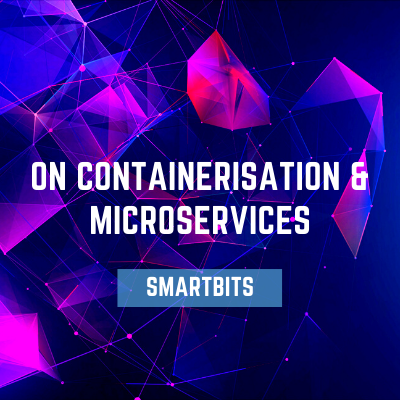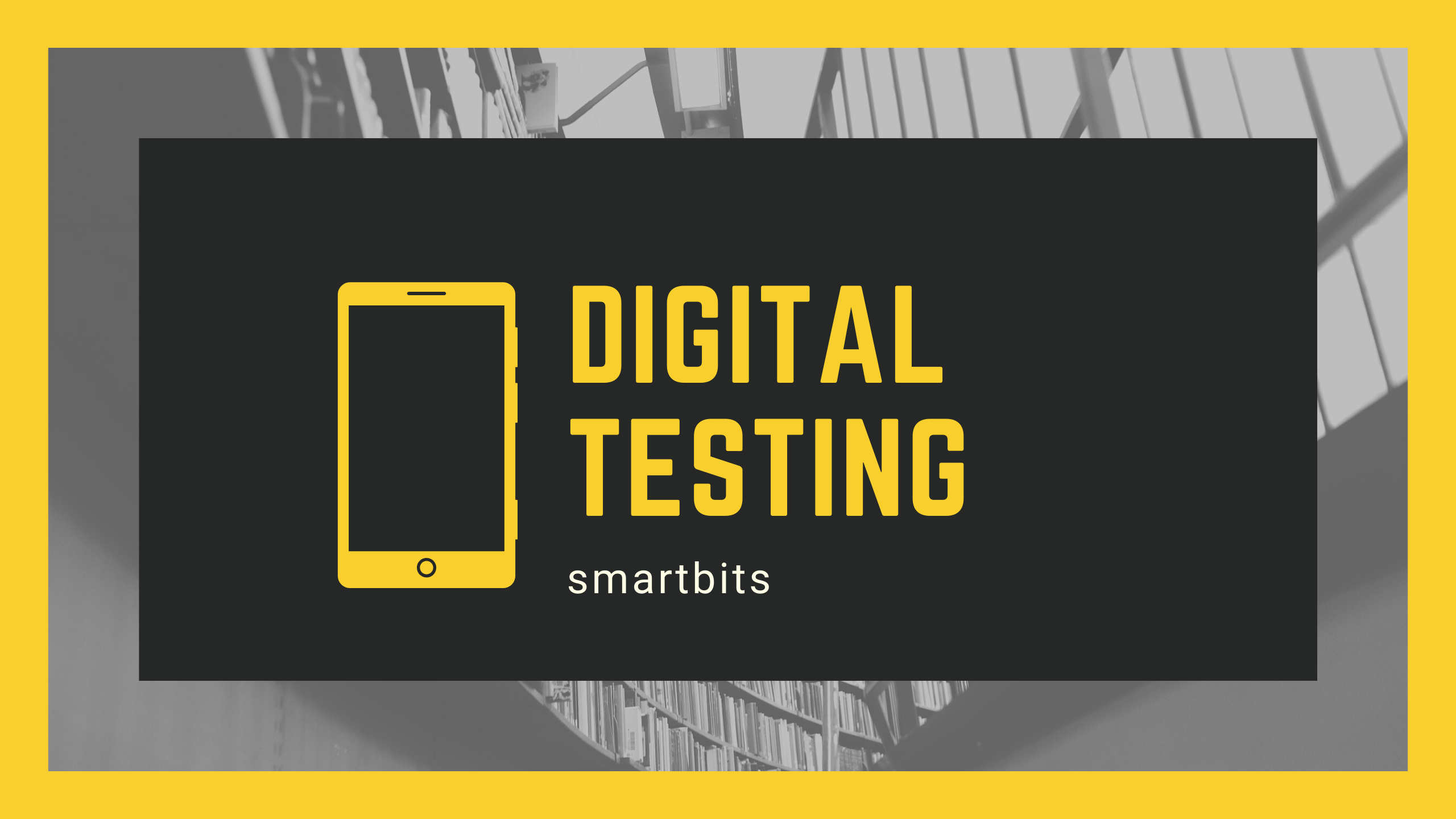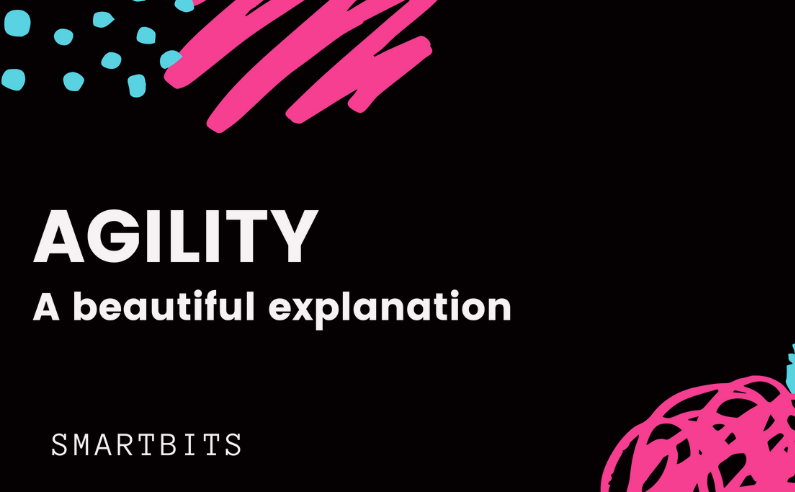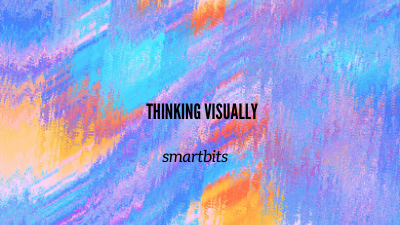In this SmartBits, Zulfikar Deen outlines Operationalising is key. You need to understand industry like Healthcare where the primary job is not use a system.
Continue readingDesign for testability
In this smartbits, Girish Elchuri outlines about Design for testability.
Continue readingSimplify, Innovation happens
In this smartbits, Anuradha Biswas outlines as to what it takes to make an software application accessible.
Continue readingMaking Software Accessible
In this smartbits, Anuradha Biswas outlines as to what it takes to make an software application accessible.
Continue readingOn Containerisation & Microservices
What is ‘Digital Testing’?
Shivaji Raju outlines four key aspects of “What is Digital Testing” as testing on multiple browsers/mobile devices/IOT devices, testing services and non-functional attributes of cloud deployed applications.
Continue readingTechnical debt is fat, clean code is liposuction
Raja Nagendra Kumar outlines the role of refactoring, unit testing in producing clean code. He states this very interestingly as “Technical debt is fat, clean code is liposuction” and crisply explains the act of producing clean code.
Continue readingAgility – A beautiful explanation
hagat Varma beautifully expounds as to what is Agility is. He says agility is actually the ability of an organization, in some sense taking a biological definition, somebody or a unit which has an ability to respond to the external stimuli and ensure that their own survival is assured.
Continue readingBuild with Quality
What it takes to “Build with quality” ? Girish Elchuri outlines that it takes a good modern micro-services architecture, a robust design that is modular, adopting a zero trust programming mentality and documenting specifications & design to enabling good test cases.
Continue reading